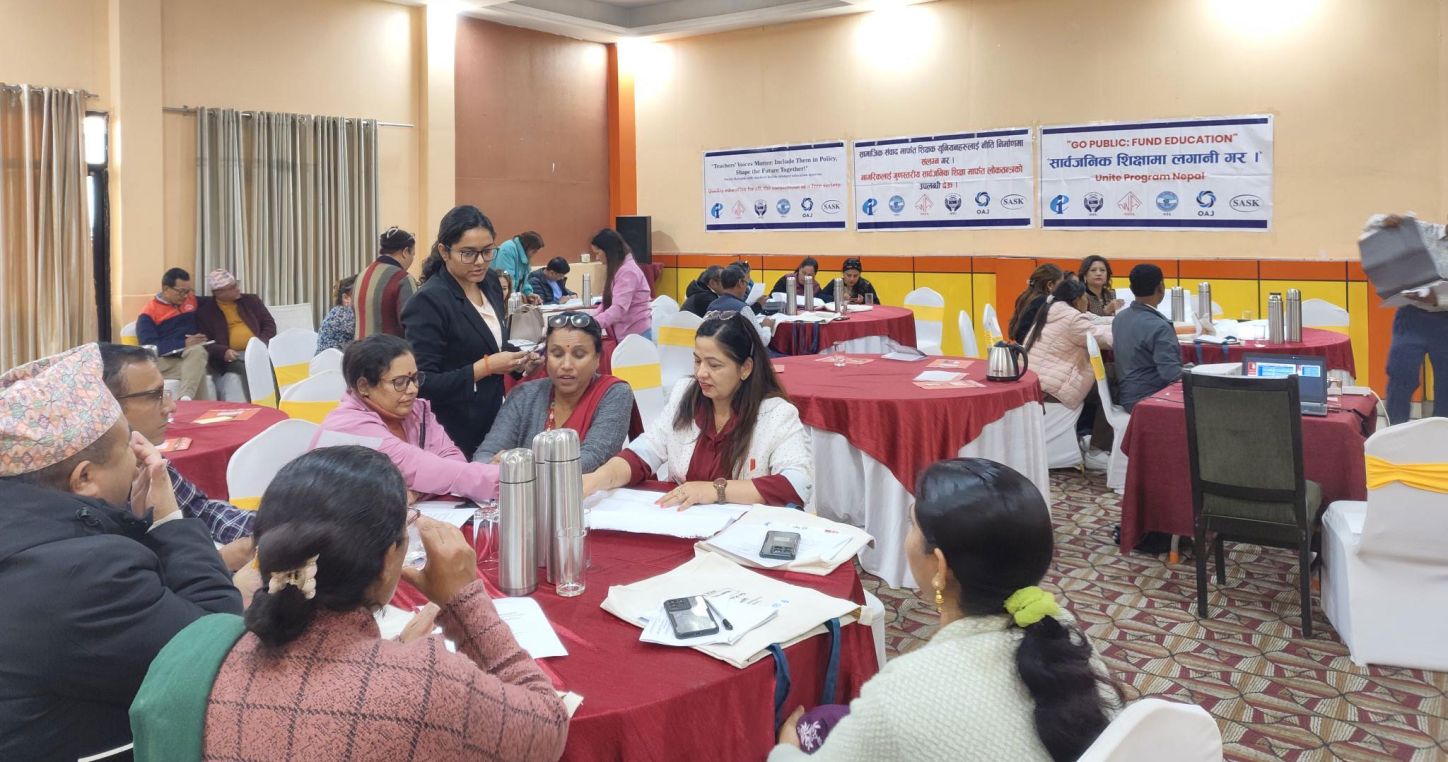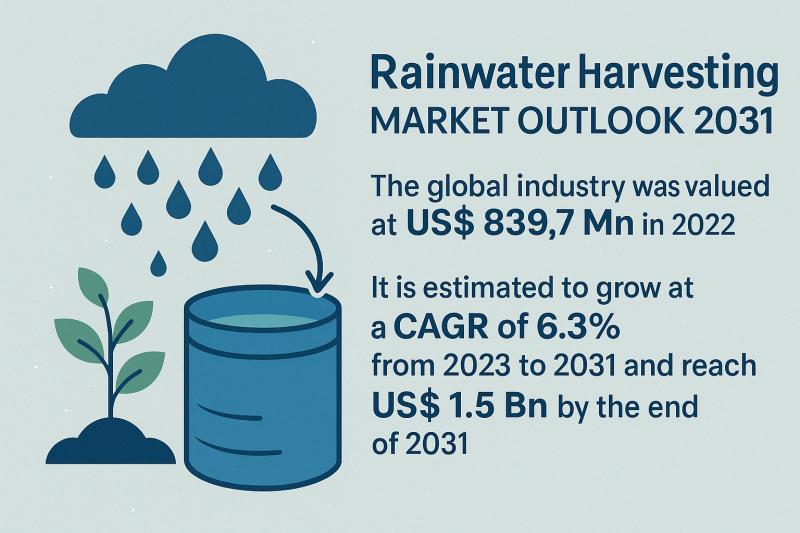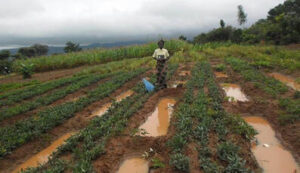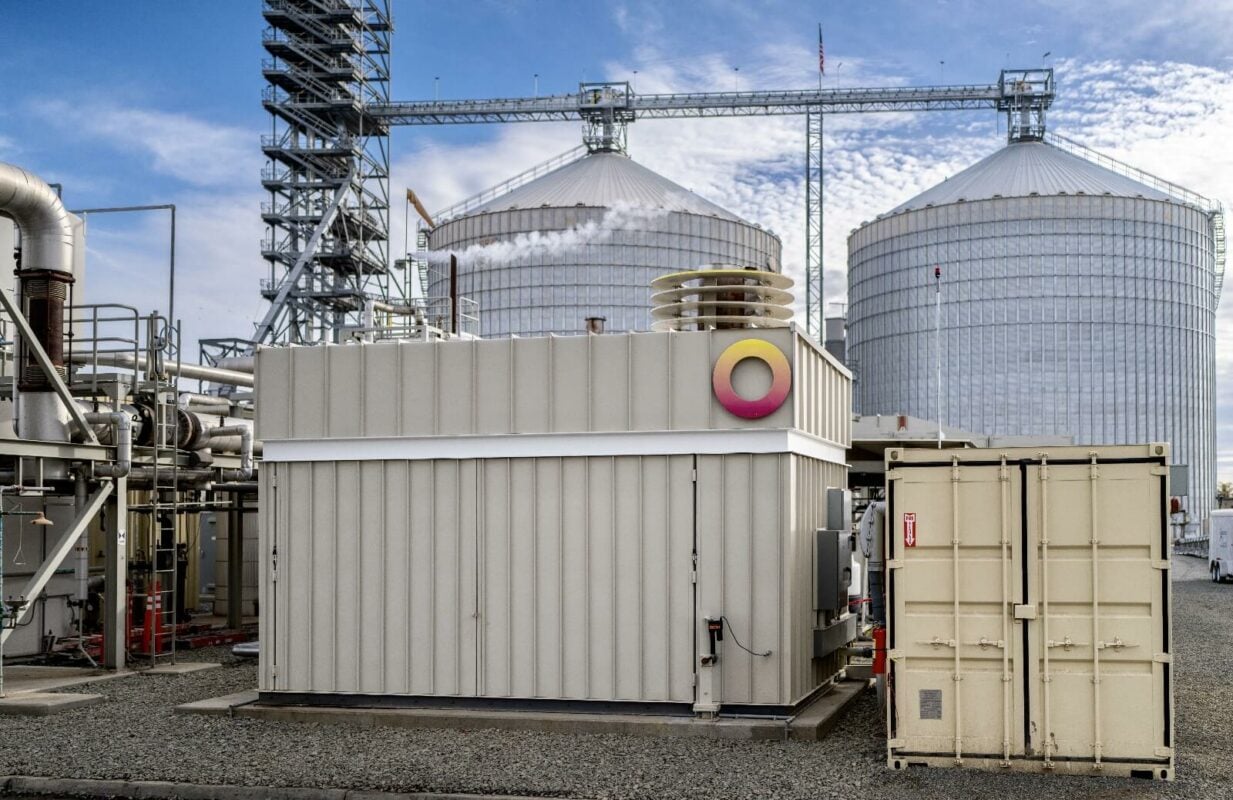Exploring the nexus: Hausman test application in tourism, globalization, and environmental sustainability- evidence of top 10 visited countries – Nature

Report on the Application of the Hausman Test to Tourism, Globalization, and Environmental Sustainability in Top Tourist Economies
1.0 Executive Summary
This report presents an econometric analysis of the impacts of tourism, globalization, economic growth, and energy consumption on sustainable environmental quality, with a direct focus on the United Nations Sustainable Development Goals (SDGs). The study evaluates the utility of the Hausman test in selecting an appropriate panel data model (fixed vs. random effects) to analyze these relationships. Using panel data from 1998 to 2024 for the world’s top 10 most visited economies (France, USA, Spain, China, Turkey, Italy, Mexico, Germany, Thailand, and the UK), the research investigates how these key drivers affect environmental degradation, measured by CO2 emissions. The findings indicate that while the Hausman test statistically favors a fixed-effect model, the real-world heterogeneity of the countries suggests a random-effect model is more appropriate. The results from the random-effect model highlight that economic growth, energy consumption, and globalization negatively impact environmental quality, posing significant challenges to achieving SDG 13 (Climate Action) and SDG 12 (Responsible Consumption and Production). The study underscores the necessity of integrating socio-environmental factors into policy-making to advance the 2030 Agenda for Sustainable Development.
2.0 Introduction: Aligning Economic Activity with Sustainable Development Goals
The increasing global interconnectedness through tourism and globalization presents a dual challenge: fostering economic prosperity while safeguarding environmental integrity. This dynamic is central to the 2030 Agenda for Sustainable Development. This report examines this nexus through an econometric lens, focusing on how key economic activities impact environmental sustainability. The primary objective is to assess the complex relationships between tourism, globalization, economic growth, and energy use, and their collective effect on CO2 emissions—a critical indicator for environmental health.
2.1 Research Objectives and Contribution to SDGs
The study aims to provide empirical evidence to inform policies that can balance economic development with environmental protection. The specific objectives are:
- To evaluate the utility of the Hausman test in analyzing the environmental impact of tourism and globalization.
- To identify the primary drivers of environmental degradation in the world’s leading tourist destinations.
- To quantify the impact of economic growth and energy consumption as key explanatory variables.
This research directly contributes to several SDGs by:
- SDG 8 (Decent Work and Economic Growth): Analyzing how tourism-led growth can be decoupled from environmental harm.
- SDG 7 (Affordable and Clean Energy): Highlighting the role of fossil fuel consumption in environmental degradation and the implicit need for a transition to renewable energy.
- SDG 12 (Responsible Consumption and Production): Examining the consumption patterns associated with tourism and economic growth.
- SDG 13 (Climate Action): Providing data on the drivers of CO2 emissions to inform climate mitigation strategies.
- SDG 17 (Partnerships for the Goals): Demonstrating how global phenomena like tourism and globalization require coordinated international policy responses.
3.0 Methodological Framework for Sustainability Analysis
The study employs a quantitative approach using panel data analysis to investigate the top 10 most visited countries over the period 1998-2024. This methodology allows for the control of unobserved country-specific heterogeneity, providing more robust estimations.
3.1 Data and Variables
The analysis is based on data from the World Development Indicators (WDI) and the Swiss Federal Institute of Technology (for the globalization index). The variables are selected based on their relevance to economic and environmental sustainability theories.
- Environmental Quality (Dependent Variable): CO2 emissions (metric tons per capita), a key proxy for environmental degradation and a direct concern for SDG 13.
- International Tourist Arrivals (TA): Represents the scale of the tourism industry, linked to SDG 8.
- Globalization (KOFGI): An index measuring economic, social, and political integration, relevant to SDG 17.
- Economic Growth (Y): GDP per capita (current US$), a measure of economic development central to SDG 8.
- Energy Consumption (FFEC): Fossil fuel energy consumption (% of total), a critical factor for SDG 7 and SDG 13.
3.2 Model Specification
The relationship is modeled using a log-linearized function to estimate the elasticities of the independent variables on CO2 emissions. The core equation is:
ln(CO2) = α + β1ln(TA) + β2ln(Y) + β3ln(KOFGI) + β4ln(FFEC) + ε
To ensure the validity of the model, panel unit root tests were conducted, confirming that all variables are stationary at their level. The study then uses the Hausman test to choose between a fixed-effects (FE) and a random-effects (RE) model to best capture the dynamics within the panel data.
4.0 Empirical Findings and Discussion
The analysis provides critical insights into the environmental trade-offs associated with economic activities in major tourist economies. The selection between the FE and RE models is a crucial step in interpreting these results.
4.1 Hausman Test and Model Selection
The Hausman test was performed to determine the most appropriate model. The test statistic was significant, which typically favors the fixed-effects model. However, considering the inherent diversity and unique, time-invariant characteristics (e.g., geography, culture) of the countries in the sample, a random-effects model was deemed more suitable for capturing the heterogeneity among these nations. The RE model allows for generalizations beyond the sample and acknowledges that the individual country effects are randomly distributed.
4.2 Results of the Random Effects Model
The random effects model produced statistically significant results, explaining approximately 86% of the variation in CO2 emissions (weighted R-squared). The key findings are:
- Fossil Fuel Energy Consumption (FFEC): This variable has the most substantial positive impact on CO2 emissions. A 1% increase in fossil fuel consumption is associated with a 1.53% increase in emissions. This highlights a critical barrier to achieving SDG 7 and SDG 13, indicating that the energy systems of these economies remain heavily reliant on carbon-intensive sources.
- Globalization (KOFGI): Globalization also shows a significant positive relationship with CO2 emissions, with a 1% increase leading to a 1.52% rise in emissions. This suggests that the environmental costs of increased trade, transport, and integrated supply chains currently outweigh the benefits of green technology transfer, posing a challenge for SDG 12 and SDG 17.
- Economic Growth (Y): Economic growth is positively correlated with emissions. A 1% increase in GDP per capita corresponds to a 0.37% increase in CO2 emissions. This linear relationship indicates that these advanced economies have not successfully decoupled economic growth from environmental degradation, a core challenge for sustainable development under SDG 8.
- Tourist Arrivals (TA): Tourism has a positive but relatively modest impact on emissions. A 1% increase in tourist arrivals is linked to a 0.054% increase in CO2 emissions. While smaller than other factors, this still confirms that the tourism sector contributes to the environmental burden.
5.0 Conclusion and Policy Recommendations for SDG Attainment
This report confirms that in the world’s top 10 tourist destinations, economic growth, energy consumption, and globalization are significant drivers of environmental degradation. The reliance on fossil fuels remains the most critical factor, undermining progress toward climate and clean energy goals. While tourism’s direct impact is less pronounced, it is part of a larger economic system that is fundamentally unsustainable in its current form.
5.1 Policy Recommendations
To align economic activities with the Sustainable Development Goals, policymakers should consider the following:
- Accelerate the Energy Transition (SDG 7 & SDG 13): Implement aggressive policies to shift from fossil fuels to renewable energy sources. This includes carbon pricing, subsidies for green energy, and investments in energy-efficient infrastructure, particularly in the transport and hospitality sectors that support tourism.
- Promote Sustainable Globalization and Consumption (SDG 12 & SDG 17): Foster international agreements that prioritize environmental standards in trade and investment. Encourage the adoption of circular economy principles to reduce the carbon footprint of global supply chains and promote responsible consumption among tourists and residents.
- Decouple Economic Growth from Environmental Impact (SDG 8 & SDG 9): Invest in green technology and innovation to break the linear link between GDP growth and CO2 emissions. Support the growth of a sustainable tourism model that values environmental and cultural preservation over sheer volume of arrivals.
- Strengthen Environmental Governance: Tailor sustainability strategies to the unique socio-environmental context of each destination, as suggested by the appropriateness of the random-effects model. This requires robust local governance and community participation to ensure that sustainability initiatives are effective and equitable.
Ultimately, achieving the 2030 Agenda requires a paradigm shift where environmental quality is not a trade-off for economic growth but a prerequisite for long-term, sustainable prosperity.
Analysis of Sustainable Development Goals in the Article
1. Which SDGs are addressed or connected to the issues highlighted in the article?
The article directly and indirectly addresses several Sustainable Development Goals (SDGs) through its focus on the interplay between tourism, globalization, economic growth, energy consumption, and environmental sustainability. The analysis covers economic, social, and environmental dimensions, which are the core pillars of the SDGs.
- SDG 7: Affordable and Clean Energy: The study heavily features “Fossil fuel energy consumption” as a critical variable contributing to environmental degradation. This directly connects to the goal of transitioning towards cleaner energy sources. The finding that energy consumption is a primary driver of CO2 emissions underscores the urgency of achieving SDG 7.
- SDG 8: Decent Work and Economic Growth: This SDG is explicitly mentioned in the introduction: “…eight SDGs Decent Work and Economic Growth…”. The article analyzes the “Tourism-led growth hypothesis” and uses “GDP per capita” as a measure of economic growth. It critically examines whether economic growth can be decoupled from environmental degradation, a central theme of SDG 8.
- SDG 12: Responsible Consumption and Production: The article explicitly names SDG 12. The entire concept of “sustainable tourism” discussed in the text is about promoting consumption and production patterns that do not harm the environment. The analysis of resource use, particularly “fossil fuel energy consumption,” and the impacts of the tourism industry align with the goals of resource efficiency and sustainable management.
- SDG 13: Climate Action: Although not mentioned by name, this goal is central to the article’s research problem. The study uses “CO2 emissions” as its primary indicator for environmental quality degradation. The investigation into the drivers of these emissions (tourism, economic growth, energy use) and the discussion of policy implications to lower them are directly related to taking action on climate change.
- SDG 14: Life Below Water: This SDG is explicitly mentioned. The article notes that “Global warming and sustainable environmental damage can change the biodiversity in these regions and affect the beauty of natural tourist attractive wonders like… beaches,” which directly links the study’s themes to the health of marine and coastal ecosystems.
- SDG 15: Life on Land: The study’s concern for “sustainable environmental quality,” the “preservation of natural heritage and diversity,” and the impact of climate change on “polar mountains” connects to the protection of terrestrial ecosystems.
- SDG 17: Partnerships for the Goals: The article’s focus on “globalization” and its analysis across a panel of the “top 10 most visited economies” highlights the interconnected nature of sustainable development. The use of the “Globalization Index (KOFGI)” as a variable inherently measures the level of global partnership and integration in economic, social, and political spheres.
2. What specific targets under those SDGs can be identified based on the article’s content?
The article’s analysis and variables allow for the identification of several specific SDG targets:
- Target 7.2: By 2030, increase substantially the share of renewable energy in the global energy mix. The article’s focus on the negative impact of “Fossil fuel energy consumption” implies the need to shift to alternatives, which is the essence of this target.
- Target 8.4: Improve progressively, through 2030, global resource efficiency in consumption and production and endeavour to decouple economic growth from environmental degradation. The study directly investigates this by modeling the relationship between “economic growth (Y)” and “CO2 emissions,” finding that they are linearly tied, indicating a failure to decouple in the countries studied.
- Target 8.9: By 2030, devise and implement policies to promote sustainable tourism that creates jobs and promotes local culture and products. The article’s entire premise is built around analyzing the impacts of tourism to inform policies for “sustainable tourism” and “sustainable environmental quality.”
- Target 12.2: By 2030, achieve the sustainable management and efficient use of natural resources. The measurement of “Fossil fuel energy consumption” is a direct assessment of the use of a key natural resource.
- Target 12.b: Develop and implement tools to monitor sustainable development impacts for sustainable tourism. The article’s econometric model, which uses variables like tourist arrivals and CO2 emissions, is an example of such a tool for monitoring these impacts.
- Target 13.2: Integrate climate change measures into national policies, strategies and planning. The “Policy implications” section, which recommends actions based on the findings about CO2 emissions, directly supports the integration of climate considerations into national policy.
- Target 14.1: By 2025, prevent and significantly reduce marine pollution of all kinds. The concern for the impact of tourism and global warming on “beaches” relates to protecting coastal areas from degradation and pollution.
- Target 15.5: Take urgent and significant action to reduce the degradation of natural habitats, halt the loss of biodiversity. The article’s call to preserve “natural heritage and diversity” and its concern for damage to natural wonders aligns with this target.
3. Are there any indicators mentioned or implied in the article that can be used to measure progress towards the identified targets?
Yes, the article is an econometric study and explicitly defines the variables used in its models. These variables serve as direct indicators for measuring progress towards the SDGs and their targets.
- CO2 emissions (metric tons per capita): This is the study’s main dependent variable and a primary indicator for environmental quality. It directly measures progress for targets under SDG 13 (Climate Action) and is used to assess the environmental impact of economic growth in Target 8.4.
- GDP per capita (Y): This is used as a proxy for economic growth. It is a standard indicator for SDG 8 (Decent Work and Economic Growth) and is crucial for analyzing the decoupling described in Target 8.4.
- International Tourist Arrivals (TA): This variable is used to quantify the level of tourism. It serves as an indicator for Target 8.9 and Target 12.b, which focus on the scale and sustainability of the tourism industry.
- Fossil fuel energy consumption (% of total): This variable is a key explanatory factor in the model. It is a direct indicator for Target 7.2 (by measuring the reliance on non-renewable energy) and Target 12.2 (measuring natural resource consumption).
- Globalization Index (KOFGI): This composite index is used to measure the extent of globalization. It can be considered an indicator for SDG 17 (Partnerships for the Goals) as it reflects the degree of economic, social, and political integration among countries.
4. Table of SDGs, Targets, and Indicators
| SDGs | Targets | Indicators |
|---|---|---|
| SDG 7: Affordable and Clean Energy |
|
|
| SDG 8: Decent Work and Economic Growth |
|
|
| SDG 12: Responsible Consumption and Production |
|
|
| SDG 13: Climate Action |
|
|
| SDG 14: Life Below Water |
|
|
| SDG 15: Life on Land |
|
|
| SDG 17: Partnerships for the Goals |
|
|
Source: nature.com

What is Your Reaction?
 Like
0
Like
0
 Dislike
0
Dislike
0
 Love
0
Love
0
 Funny
0
Funny
0
 Angry
0
Angry
0
 Sad
0
Sad
0
 Wow
0
Wow
0













































































